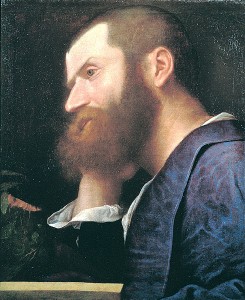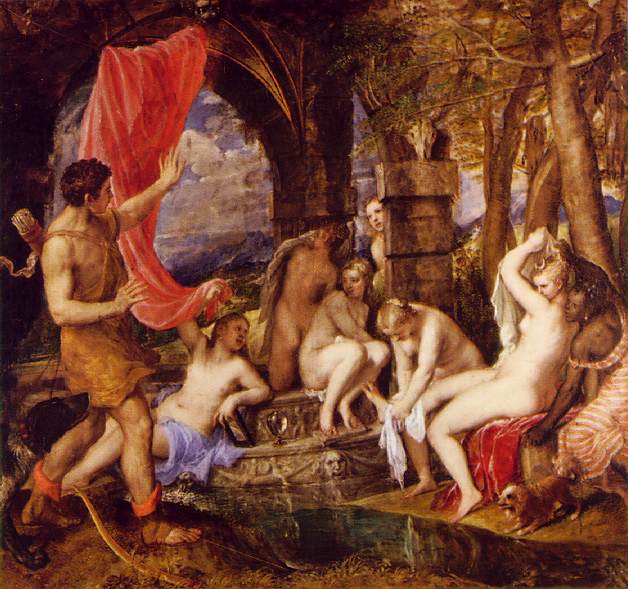By Bob Hicks
The fun thing about art is that it always seems to come with a story. Not that the stories are more important than the art — at least, not usually — but they do have a way of getting a potentially esoteric subject down to the nitty gritty.
 Martha Ullman West, whose tale about the painter Titian and the man-about-Europe Pietro Aretino provided the pith for our previous posting, took a break from the thickets of her book manuscript to send along another quick story, this one about the American painter Alfred Maurer, whose 1932 Cubist version of George Washington was included in a piece I wrote in this morning’s Oregonian about images of faces in the permanent collection of the Portland Art Museum. The story was a sidebar to my cover story about Titian’s La Bella, which is on temporary display at the museum. Martha’s father, to complete the setup, was the New York painter Allen Ullman, and her grandfather was the artist Eugene Ullman, so inside stories about artists flowed like wine in her childhood home.
Martha Ullman West, whose tale about the painter Titian and the man-about-Europe Pietro Aretino provided the pith for our previous posting, took a break from the thickets of her book manuscript to send along another quick story, this one about the American painter Alfred Maurer, whose 1932 Cubist version of George Washington was included in a piece I wrote in this morning’s Oregonian about images of faces in the permanent collection of the Portland Art Museum. The story was a sidebar to my cover story about Titian’s La Bella, which is on temporary display at the museum. Martha’s father, to complete the setup, was the New York painter Allen Ullman, and her grandfather was the artist Eugene Ullman, so inside stories about artists flowed like wine in her childhood home.
 At least partly, that’s because he had a good press agent.
At least partly, that’s because he had a good press agent.